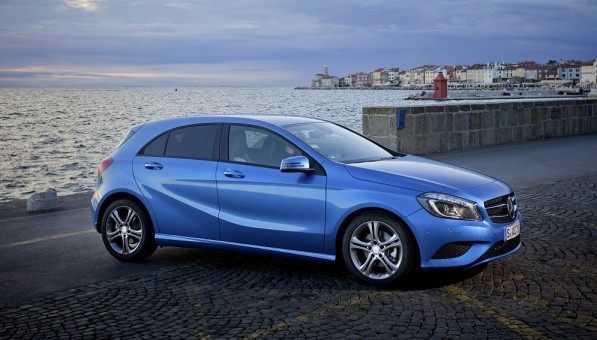Active Braking Systems, the Latest in Car Braking Systems
Muamer Hodzic July 31, 2012
Car braking systems have undergone many changes in the past 50 years starting with the introduction of power assisted brakes that were designed to provide better braking capabilities with less effort from the driver. While power brakes did indeed add to the overall safety in most cars as they allowed any driver to reach full braking power with minimal effort, there have been a number of advances on this very basic technology that have made significant improvements.
One such innovation was antilock car braking systems that were introduced in the 80s and went on to become mainstream by the turn of the century. Using a sensor mounted on each wheel, an onboard computer could sense when one or more of the wheels locked up under braking. As this can cause an unsafe condition that could result in a skid and an accident, the computer is designed to actually release braking pressure on the wheel or wheels that are locking up to keep them from doing so.
This reduces or eliminates the risk of skidding in most driving conditions and in do so allows the drier to maintain control of his vehicle. The majority of these systems feature an electric/hydraulic back up power assist systems to ensure that the driver does not have to face a complete lack of power assist in the event that the car’s engine dies. Every new innovation in car braking systems has made cars far safer and the newest changes referred to as active braking systems may prove to be the best thing since the disc brake was first invented.
With this system, the vehicle’s computer measures the speed at which the vehicle is traveling and compares it to the amount of force the driver is applying to the brakes. This information is then used to see if the driver is attempting an emergency stop and can apply more pressure to the brakes gaining the most from the car’s antilock braking system and ensuring that the wheels do not have a chance to lock up and cause a skid.
Manufacturers such as Mercedes-Benz and Volvo are taking this concept one step further and introducing the use of on board cameras and radar to help detect hazards ahead of the car, whether they are moving or not. This information is then used to keep the braking system in a state of readiness and to alert the driver of the situation in time to ensure safe braking rather than waiting until he has no choice but to make a panic stop.
In recent studies, it has been found that these active car braking systems can reduce the vehicle’s stopping distance by as much as 45%. The new radar / camera based systems have been found to reduce the number of accidents by an average of 75% and Volvo’s new Collision Avoidance system with Auto Brake in which the computer will automatically begin to apply the brakes when a collision hazard is identified has been found to be effective in avoiding collisions in up to 78% of recorded cases. Modern braking systems continue to improve, making our highways safer than they have ever been in history.
Written by www.carwarranty.co.uk





Comments (1)